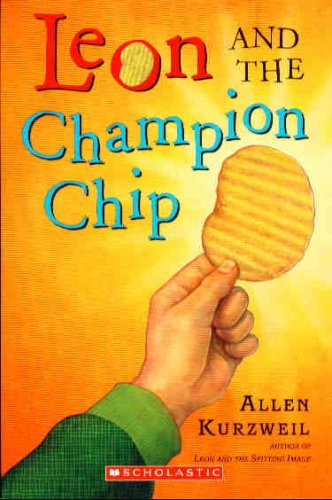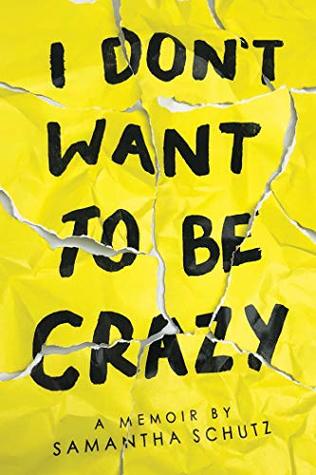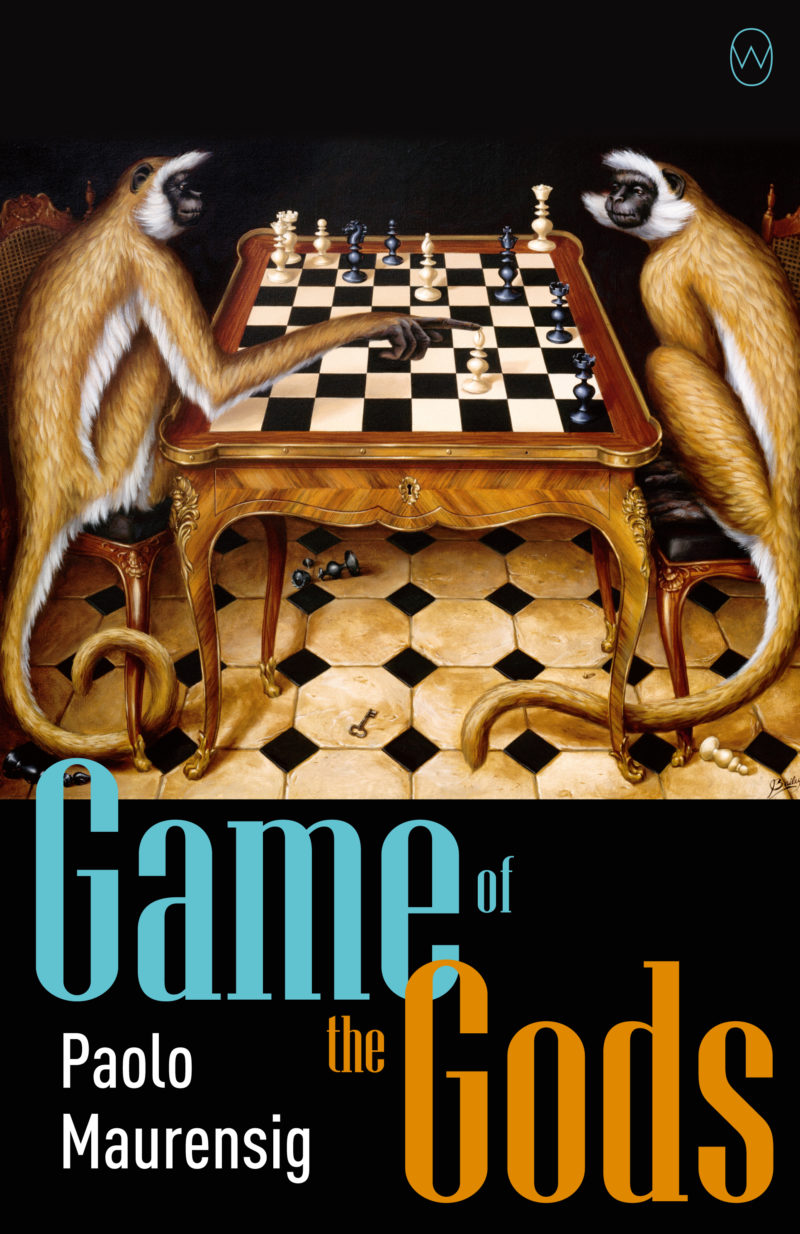[button color=”black” size=”big” link=”http://affiliates.abebooks.com/c/99844/77798/2029?u=http%3A%2F%2Fwww.abebooks.com%2Fservlet%2FSearchResults%3Fisbn%3D9780060539351″ target=”blank” ]Purchase here[/button]
In this sequel to Leon and the Spitting Image, Leon Zeisel goes back to the Manhattan Classical School for a fifth-grade year every bit as magical and exciting as his fourth-grade one. His fanatical devotion to potato chips inspires the new science teacher, Mr. Sparks, to structure the entire school year around the study of chips. In return, Mr. Sparks’ lessons inspire Leon to apply the scientific method to the magical gift he discovered last year: creating a “remote control” for other human beings.
Last year, Leon combined a doll-sized replica of his mean homeroom teacher, Mrs. Hagmeyer, with a well-judged quantity of spit. The result was a “spitting image” that gave Leon control over Mrs. Hagmeyer’s movements. This year, Leon wants to use the same technique to give the school bully his comeuppance. But the initial doll doesn’t work. Nor do versions 2.0, 2.1, 2.2, 2.3, or 3.0, even though Leon and his two best friends put a massive amount of scientific study into each attempt.
Finally, they realize that they need one last ingredient – but it will cost them some money. And there seems to be no way they can make that kind of money, unless Leon wins a contest of potato-chip knowledge against some of the greatest living potato-chip professionals in the world. Leon’s quest for a system of identifying any brand of chip is as funny, exciting, and educational as the science fair in which Leon’s friends present a range of chip-related science projects, in hopes of saving Mr. Sparks’ job. And of course, you’ve got to love what happens when Fathead 4.0 actually works. I don’t want to give it away, but it’s not every day you see the school bully make himself a hot fudge sundae. Heh, heh.
All right, I’ve got to do it: I’m issuing an Occult Content Advisory on this book, because its hero and his close friends exhibit magical thinking and use procedures derived from the magical arts to exert control over other people. Those who are concerned about this won’t feel relieved by the fact that it’s all done by the sweetest kids imaginable, in extenuating circumstances, and in the context of a quirky, juvenile adventure in which good prevails over bad, etc. On the other hand, people who object to magical thinking only because it’s the opposite of scientific analysis will find that this book more than overcomes their objections. In fact, in a grade-school classroom it could prove both popular and instructive, somewhat like the Chicago-based books of Blue Balliett.




